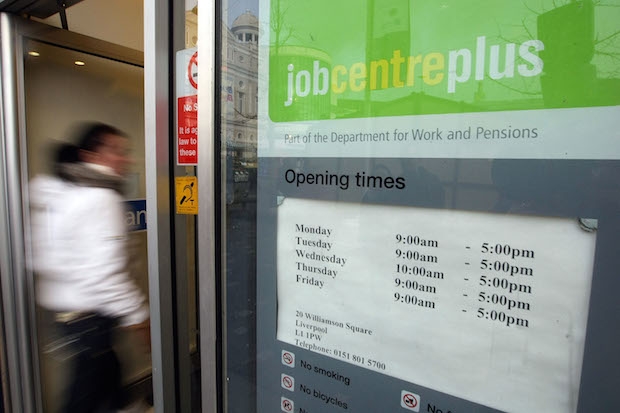The unemployment rate fell to 5.1 per cent in the three months to November, putting it at the lowest level since 2006 – and back to its average over the six years before the crisis. Back to what the Bank of England regards as the “equilibrium” rate.
[datawrapper chart=”http://static.spectator.co.uk/DUFV6/index.html”]
The other side of the coin is that pay growth is down too. Excluding bonuses it’s fallen to a sluggish 1.9 per cent year-on-year, around half its pre-crisis rate. Workers’ spending power is still growing – but that’s driven by low inflation.
[datawrapper chart=”http://static.spectator.co.uk/u0fNr/index.html”]
At the equilibrium unemployment rate, the Bank of England thinks a further fall in joblessness could drive up inflation – but there are few signs of pressure on prices or wages. That could be because people are under-employed – people in part-time jobs want to go full-time, and people who are self-employed want to be employees: because migrants are contributing to labour supply growth (those born outside the UK have made up 80 per cent of net new employment growth over the last year): because productivity is not growing (and may even be going backwards – in the last quarter the number of hours worked grew by 1 per cent, far above the likely level of GDP growth): and because benefit reforms are driving more people into work.
Whatever’s causing it, it’s another sign that the ‘the firming in inflationary pressure’ Mark Carney is looking for before rates start to rise is absent, and that the zero era will drag on.






Comments